-
 Bitcoin
Bitcoin $108,017.2353
-0.81% -
 Ethereum
Ethereum $2,512.4118
-1.58% -
 Tether USDt
Tether USDt $1.0002
-0.03% -
 XRP
XRP $2.2174
-1.03% -
 BNB
BNB $654.8304
-0.79% -
 Solana
Solana $147.9384
-1.76% -
 USDC
USDC $1.0000
-0.01% -
 TRON
TRON $0.2841
-0.76% -
 Dogecoin
Dogecoin $0.1636
-2.09% -
 Cardano
Cardano $0.5726
-1.72% -
 Hyperliquid
Hyperliquid $39.1934
1.09% -
 Sui
Sui $2.9091
-0.59% -
 Bitcoin Cash
Bitcoin Cash $482.1305
0.00% -
 Chainlink
Chainlink $13.1729
-1.54% -
 UNUS SED LEO
UNUS SED LEO $9.0243
-0.18% -
 Avalanche
Avalanche $17.8018
-1.90% -
 Stellar
Stellar $0.2363
-1.69% -
 Toncoin
Toncoin $2.7388
-3.03% -
 Shiba Inu
Shiba Inu $0.0...01141
-1.71% -
 Litecoin
Litecoin $86.3646
-1.98% -
 Hedera
Hedera $0.1546
-0.80% -
 Monero
Monero $311.8554
-1.96% -
 Dai
Dai $1.0000
-0.01% -
 Polkadot
Polkadot $3.3473
-2.69% -
 Ethena USDe
Ethena USDe $1.0001
-0.01% -
 Bitget Token
Bitget Token $4.3982
-1.56% -
 Uniswap
Uniswap $6.9541
-5.35% -
 Aave
Aave $271.7716
0.96% -
 Pepe
Pepe $0.0...09662
-1.44% -
 Pi
Pi $0.4609
-4.93%
Is the pullback to the 20-day line with reduced volume an opportunity to buy low?
A pullback to the 20-day moving average with reduced volume often signals strong support and potential bullish continuation in crypto trends.
Jul 05, 2025 at 07:17 pm
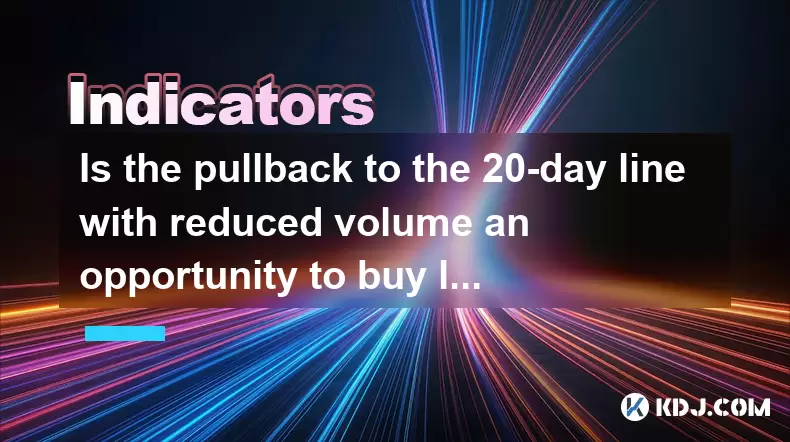
Understanding Pullbacks and Their Significance in Trading
In cryptocurrency trading, a pullback refers to a temporary decline in the price of an asset after a period of upward movement. This concept is widely used by technical analysts who rely on historical patterns to make informed decisions. A pullback often retraces a portion of a prior uptrend but does not necessarily indicate a reversal in the overall trend. Traders pay close attention to specific levels such as moving averages—particularly the 20-day moving average (20DMA)—as these serve as potential support zones during corrections.
The 20-day moving average is a popular short-term indicator that smooths out price data over the last 20 periods, helping traders filter out market noise. When prices fall back to this line, especially in a healthy uptrend, it may signal a buying opportunity for those who missed the initial rally.
What Does Reduced Volume During a Pullback Indicate?
Volume plays a crucial role in confirming the strength or weakness behind price movements. When a pullback occurs with reduced volume, it typically suggests that selling pressure is not intense. In other words, fewer traders are willing to offload their holdings at lower prices, which could imply that the downtrend lacks conviction.
- Lower volume during a pullback can be interpreted as a sign of accumulation.
- It might also indicate that major holders or "whales" are still confident in the asset's value.
- This kind of volume pattern is generally seen as a positive development for bulls.
However, reduced volume alone should not be the sole basis for entering a trade. It must be analyzed alongside other indicators and price action cues to increase the probability of success.
How to Identify a Valid Pullback to the 20-Day Line
Not all pullbacks are created equal. Some lead to strong rebounds while others evolve into full-blown reversals. To determine whether a pullback to the 20DMA is valid, traders should look for several key factors:
- The price should find support near or around the 20-day moving average without breaking below it significantly.
- A bullish candlestick pattern forming at the level, such as a hammer or engulfing bar, adds confluence.
- Other momentum indicators like RSI or MACD should show signs of stabilization or bullish divergence.
If these conditions align, the likelihood of a bounce increases. Traders often wait for a strong close above the recent swing high to confirm that the uptrend remains intact.
Strategic Entry Points After a Pullback
For those considering a long position after a pullback to the 20DMA, timing is critical. Entering too early can result in losses if the price continues to drop, while waiting too long might mean missing out on favorable entry points.
- One method is to place a limit order just above the 20DMA to enter on a retest.
- Another approach involves waiting for a breakout candle that closes convincingly above resistance levels formed during the pullback phase.
- Using a stop-loss slightly below the 20DMA helps manage risk while allowing room for normal price fluctuations.
Traders should also consider the broader context—such as weekly trends and macroeconomic events—before committing capital. No strategy guarantees success, but combining multiple signals improves decision-making accuracy.
Risk Management Considerations
Even when a pullback appears promising, proper risk management is essential. Cryptocurrency markets are known for their volatility, and false breakouts are common.
- Position sizing should reflect both confidence in the setup and account size.
- Trailing stops can protect profits if the price moves favorably after entry.
- Diversification across assets and strategies reduces exposure to any single trade.
By adhering to strict rules and avoiding emotional trading, investors can better navigate the uncertainties inherent in crypto markets.
Frequently Asked Questions
Q1: Can I solely rely on the 20-day moving average for entry decisions?
No, the 20DMA should be used in conjunction with other tools such as volume analysis, candlestick patterns, and momentum oscillators to enhance reliability.
Q2: What timeframes work best for analyzing pullbacks to the 20DMA?
Pullbacks can be observed on various timeframes including daily, 4-hour, and even hourly charts. Shorter timeframes offer more frequent signals but may include more noise compared to higher timeframes.
Q3: How do I differentiate between a pullback and a reversal?
A pullback typically occurs within an established trend and doesn’t breach key support/resistance levels. A reversal, however, breaks significant levels and shows signs of trend exhaustion through weakening volume and momentum.
Q4: Is it safe to buy during every pullback to the 20DMA?
No, not all pullbacks result in successful trades. It’s important to assess the broader market environment, volume behavior, and confluence with other indicators before making a decision.
Disclaimer:info@kdj.com
The information provided is not trading advice. kdj.com does not assume any responsibility for any investments made based on the information provided in this article. Cryptocurrencies are highly volatile and it is highly recommended that you invest with caution after thorough research!
If you believe that the content used on this website infringes your copyright, please contact us immediately (info@kdj.com) and we will delete it promptly.
- Cryptos in July 2025: Massive Gains or Just Hype?
- 2025-07-05 20:30:13
- Pepe's EVM Layer 2 Meme Coin Mania: What's the Hype?
- 2025-07-05 20:50:12
- Shiba Inu, Dogecoin, and the Crypto Skyrocket: What's Making These Memes Soar?
- 2025-07-05 21:10:12
- Tokenized Stocks: Robinhood, Gemini, and the NYSE Threat
- 2025-07-05 21:10:12
- Altcoin Adventures: Navigating the Pepe Fork Frenzy and Solana's Summer Swings
- 2025-07-05 21:15:12
- Hong Kong's Tokenised Bond Leap: Zero Stamp Duty Sparks Web3 Ambitions
- 2025-07-05 20:30:13
Related knowledge

How to set up a moving average crossover alert for Dogecoin
Jul 05,2025 at 07:33pm
Understanding Moving Averages and Their Relevance to DogecoinMoving averages (MAs) are among the most commonly used technical indicators in cryptocurrency trading. They help smooth out price data over a specific time period, offering traders a clearer view of trends. Dogecoin, being a highly volatile altcoin, often exhibits strong momentum when certain ...
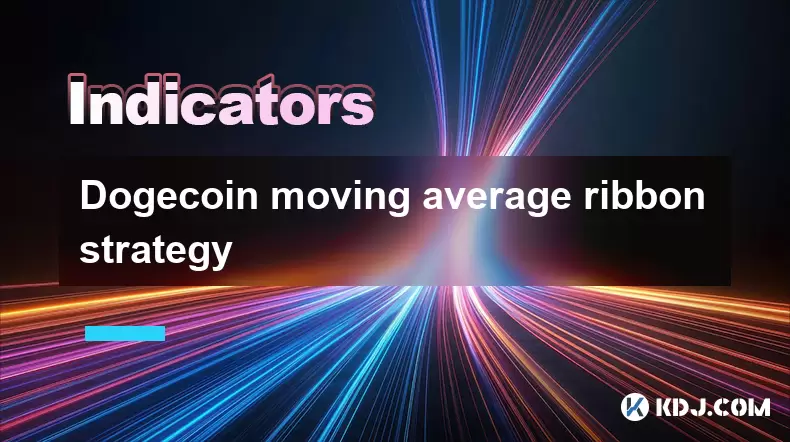
Dogecoin moving average ribbon strategy
Jul 05,2025 at 07:32pm
What is the Dogecoin Moving Average Ribbon Strategy?The Dogecoin moving average ribbon strategy is a technical analysis approach used by traders to identify potential trends and reversals in the price of DOGE. This method involves plotting multiple moving averages (MAs) on a price chart, typically of varying lengths, which visually form a 'ribbon' when ...
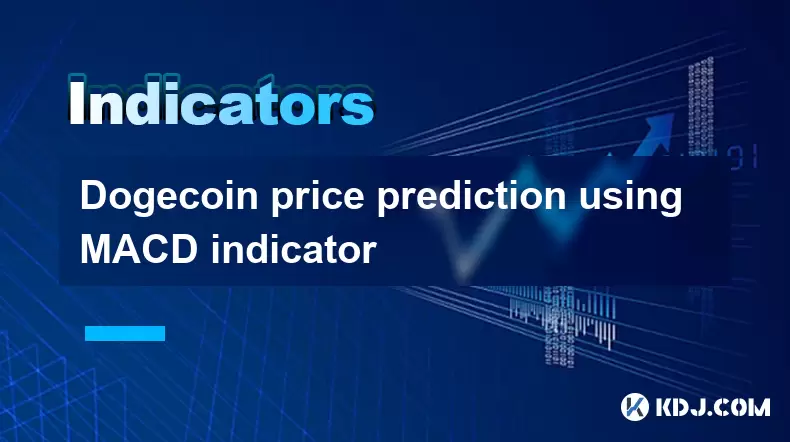
Dogecoin price prediction using MACD indicator
Jul 05,2025 at 07:18pm
Understanding the MACD Indicator in Cryptocurrency TradingThe Moving Average Convergence Divergence (MACD) is a popular technical analysis tool used by traders to identify potential price trends and reversals. It consists of three main components: the MACD line, the signal line, and the MACD histogram. The MACD line is calculated by subtracting the 26-p...
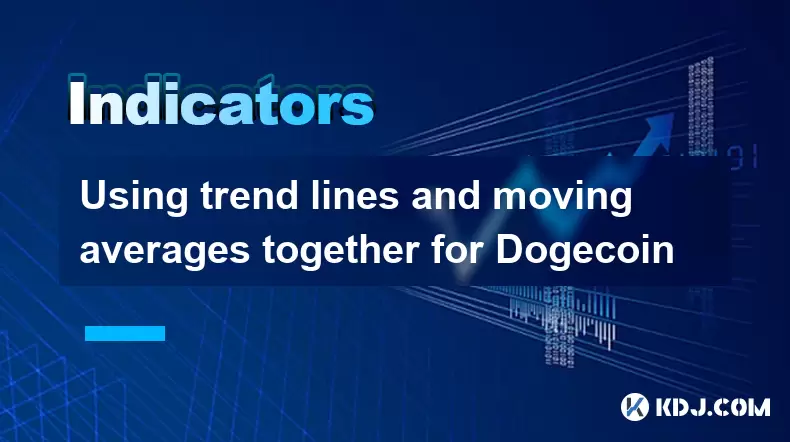
Using trend lines and moving averages together for Dogecoin
Jul 05,2025 at 07:16pm
Understanding Trend Lines in Cryptocurrency TradingTrend lines are essential tools for analyzing price movements in the cryptocurrency market. In Dogecoin trading, trend lines help identify potential support and resistance levels by connecting significant price points on a chart. When applied correctly, these lines can indicate whether the asset is in a...
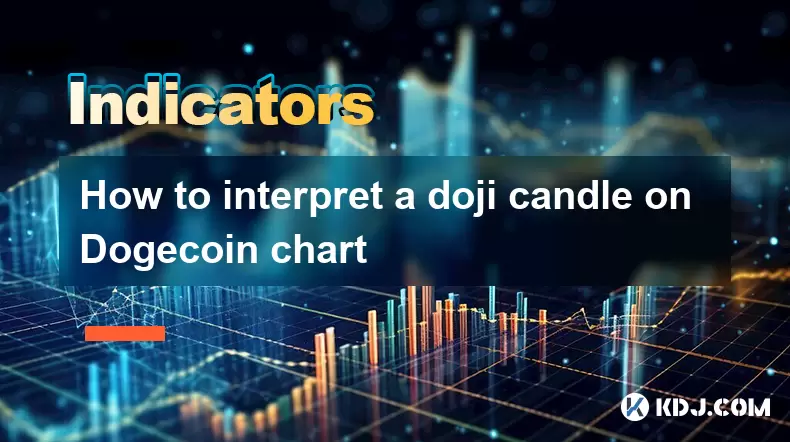
How to interpret a doji candle on Dogecoin chart
Jul 05,2025 at 07:49pm
Understanding the Doji Candlestick PatternA doji candle is a crucial technical indicator in cryptocurrency trading, especially when analyzing assets like Dogecoin. It represents market indecision and often signals potential reversals or continuation patterns. A doji forms when the opening and closing prices of an asset are nearly identical, resulting in...
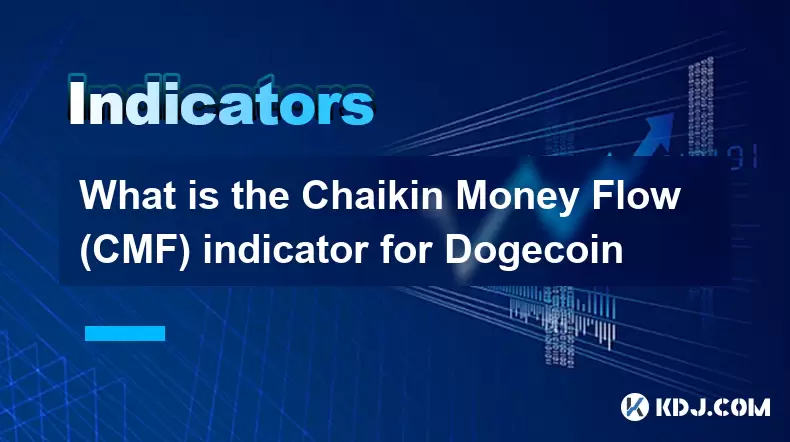
What is the Chaikin Money Flow (CMF) indicator for Dogecoin
Jul 05,2025 at 07:32pm
Understanding the Chaikin Money Flow (CMF) IndicatorThe Chaikin Money Flow (CMF) is a technical analysis indicator developed by Marc Chaikin to measure the accumulation and distribution of a financial asset over a specific period. It combines both price and volume data to assess whether institutional investors are actively buying or selling an asset. In...

How to set up a moving average crossover alert for Dogecoin
Jul 05,2025 at 07:33pm
Understanding Moving Averages and Their Relevance to DogecoinMoving averages (MAs) are among the most commonly used technical indicators in cryptocurrency trading. They help smooth out price data over a specific time period, offering traders a clearer view of trends. Dogecoin, being a highly volatile altcoin, often exhibits strong momentum when certain ...

Dogecoin moving average ribbon strategy
Jul 05,2025 at 07:32pm
What is the Dogecoin Moving Average Ribbon Strategy?The Dogecoin moving average ribbon strategy is a technical analysis approach used by traders to identify potential trends and reversals in the price of DOGE. This method involves plotting multiple moving averages (MAs) on a price chart, typically of varying lengths, which visually form a 'ribbon' when ...

Dogecoin price prediction using MACD indicator
Jul 05,2025 at 07:18pm
Understanding the MACD Indicator in Cryptocurrency TradingThe Moving Average Convergence Divergence (MACD) is a popular technical analysis tool used by traders to identify potential price trends and reversals. It consists of three main components: the MACD line, the signal line, and the MACD histogram. The MACD line is calculated by subtracting the 26-p...

Using trend lines and moving averages together for Dogecoin
Jul 05,2025 at 07:16pm
Understanding Trend Lines in Cryptocurrency TradingTrend lines are essential tools for analyzing price movements in the cryptocurrency market. In Dogecoin trading, trend lines help identify potential support and resistance levels by connecting significant price points on a chart. When applied correctly, these lines can indicate whether the asset is in a...

How to interpret a doji candle on Dogecoin chart
Jul 05,2025 at 07:49pm
Understanding the Doji Candlestick PatternA doji candle is a crucial technical indicator in cryptocurrency trading, especially when analyzing assets like Dogecoin. It represents market indecision and often signals potential reversals or continuation patterns. A doji forms when the opening and closing prices of an asset are nearly identical, resulting in...

What is the Chaikin Money Flow (CMF) indicator for Dogecoin
Jul 05,2025 at 07:32pm
Understanding the Chaikin Money Flow (CMF) IndicatorThe Chaikin Money Flow (CMF) is a technical analysis indicator developed by Marc Chaikin to measure the accumulation and distribution of a financial asset over a specific period. It combines both price and volume data to assess whether institutional investors are actively buying or selling an asset. In...
See all articles

























































































